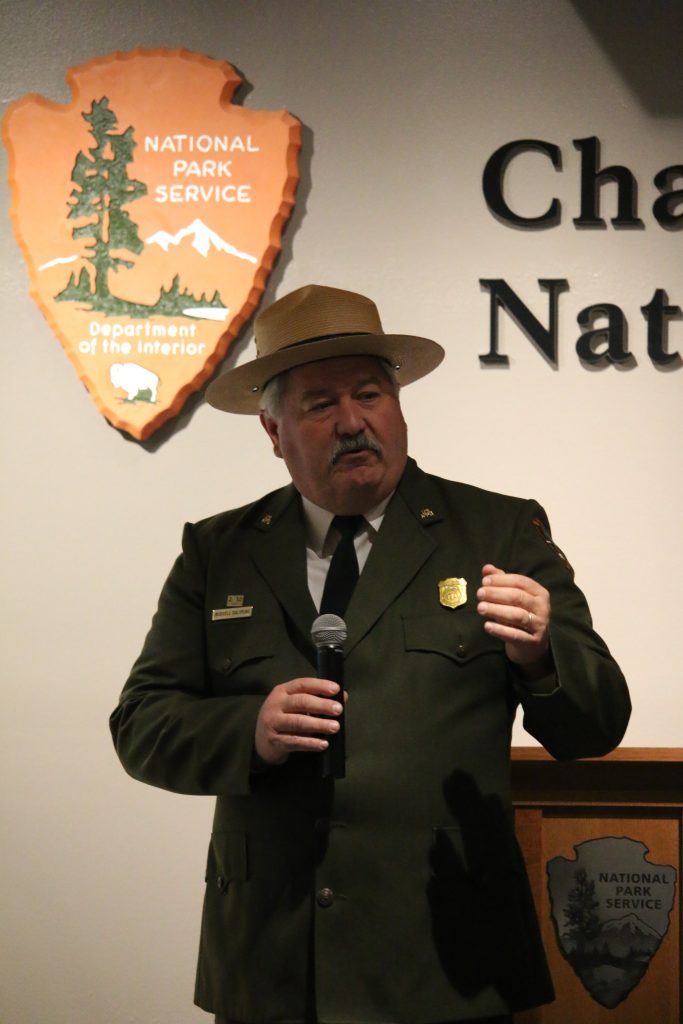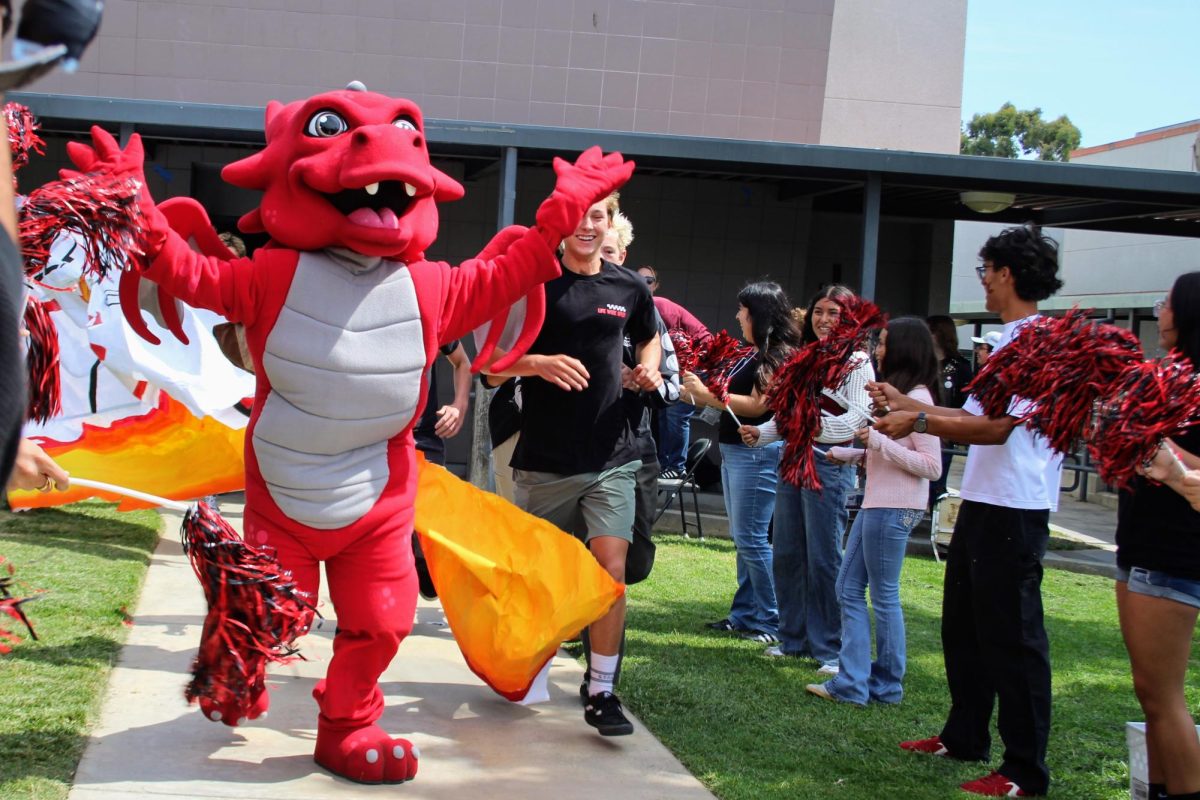After suffering extreme declines in population in the 1990s, four of the subspecies of the Channel Island Fox have been on the endangered species list since 2004. Now, after years of recovery programs, the U.S. Fish and Wildlife Service proposed to take the San Miguel, Santa Rosa and Santa Cruz island subspecies off of the list and the change the status of the Santa Catalina subspecies to threatened.
……………
After suffering extreme declines in population in the 1990s, four of the subspecies of the Channel Island Fox have been on the endangered species list since 2004. Now, after years of recovery programs, the U.S. Fish and Wildlife Service proposed to take the San Miguel, Santa Rosa and Santa Cruz island subspecies off of the list and the change the status of the Santa Catalina subspecies to threatened.
This is the fastest recovery of any mammal under the Endangered Species Act, an act which makes certain federally protected. Steve Henry, Field Supervisor of the U.S. Fish and Wildlife Service in Ventura, is “absolutely thrilled” about the success of their programs.

“This is a remarkable event that we don’t get to do nearly enough. Generally it’s very difficult to recover species once they become endangered,” Henry said.
According to Russell Galipeau, Superintendent of the Channel Islands National Park, they “knew what a lot of the pressure was on the fox.”
“We knew what we had to do. It makes it a little bit easier because they weren’t really habitat reasons. They were predator-prey relationships and some things that were causing the ecosystem to be out of balance, we could correct those things more easily,” he said.
Channel Islands National Park first began monitoring the foxes in 1993 and noticed their populations declining. Retired biologist Tim Coonan was one the scientists who worked for the park.
“We needed to find out why they declined. We needed to get recovery actions going and we needed to sustain those over a 10 or 15 year period. So it really started a cascade of events once we found out that they were declining,” Coonan said.
It was found that on San Miguel, Santa Rosa and Santa Cruz the foxes had become a food source for the non-native golden eagles.
With the decline in population of the bald eagles in the 1960s due to DDT, the bald eagles had gone extinct from the islands. Then, the golden eagles who lived in the Sespe Mountains filled the void the bald eagles had left; when the bald eagles had not hunted the foxes, the golden eagles did.
It was also discovered that the foxes on Santa Catalina Island were suffering an epidemic of canine distemper. Coonan said that they “knew they were vulnerable to canine diseases because they didn’t evolve with any canine diseases.” The disease killed 90% of the fox population on that island.
To combat this decline, new programs were initiated. They began a captive breeding program for the foxes and a relocation program for the golden eagles. Bald eagles were also re-introduced to the islands.
“We took [foxes] into captivity in 1999 on San Miguel. That started the whole thing. We had to work with the zoo communities to develop ways of breeding animals. Everything from developing a diet for them to den boxes, we had to raise them,” he said.
As for the golden eagles, as many as 44 bird were taken off the island and released in Northern California.
[soundcloud url=”https://api.soundcloud.com/tracks/246880109″ params=”color=ff0000&auto_play=false&hide_related=false&show_comments=true&show_user=true&show_reposts=false” width=”100%” height=”166″ iframe=”true” /]
“None of them ever came back. That was successful,” he said
According to the U.S. Fish and Wildlife Service, the foxes on San Miguel, Santa Rosa and Santa Cruz have recovered to self-sustaining levels. After the proposal, there is a public comment period until April 18. Then, the comments will be evaluated and the statuses of the foxes changed within a year.
Galipeau said that “we’re providing for the enjoyment of future generations through our conservation efforts and I’m really glad that people in Southern California have joined in with us in years of volunteer service and many of their talents to make this a success.”
Background Photo Credit: Grace Carey/The Foothill Dragon Press









